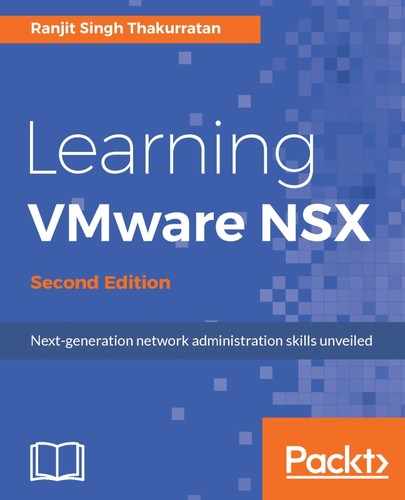Today's datacenter demands are a paradigm shift from what they were a decade ago. As the cloud consumption model is being rapidly adopted across the industry, the need for on-demand provisioning of compute, storage, and networking resources is greater than ever. One of the biggest contributing factors to enable the cloud consumption model is server virtualization.
Server virtualization has enabled fast consumption of compute resources along with add-on functionality and services. Snapshots, clones, and templates are all now easier than ever with server virtualization.
If you have worked in a datacenter, you would agree that networking is always challenging to work with. Once the networking design is established, any changes that need to be made are always challenging because of a lack of flexibility due to increasing complexity and demands on the environment. While compute and storage have rapidly improved in their speed of deployment and consumption, networking continues to remain a challenge in today's environments, where simple tasks such as creating a new VLAN are becoming increasingly complex and time consuming.
Network virtualization is the virtualization of network resources using software and networking hardware that enables faster provisioning and deployment of networking resources. Network virtualization lays the foundation for software-defined networking, which allows instant deployment of services to be offered to the consumers. Services such as Edge gateways, VPN, DHCP, DNS, and load balancers can be instantly provisioned and deployed because of the software aspect of network virtualization. The networking hardware allows for physical connectivity, while the software is where all the network logic resides allowing for a feature-rich network service offering.
Network virtualization allows for consumption of simplified logical networking devices and services that are completely abstracted from the complexities of the underlying physical network. Lastly, network virtualization is key for a software-defined data center (SDDC).
